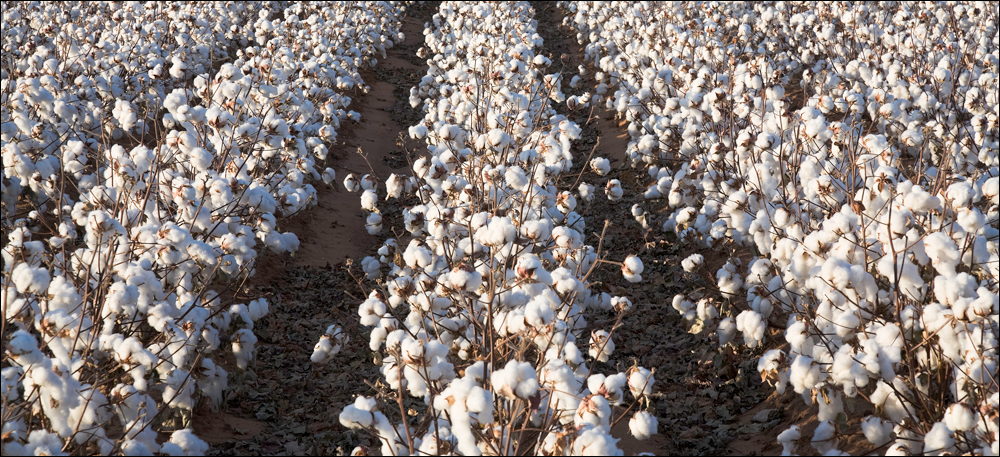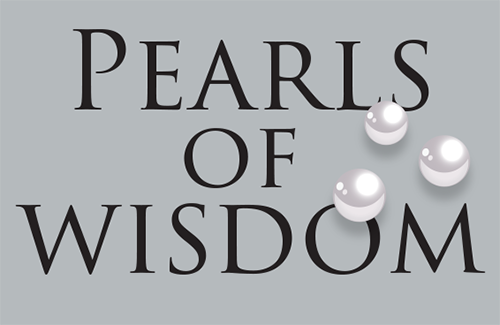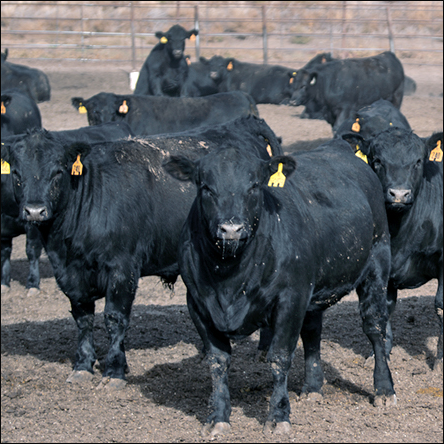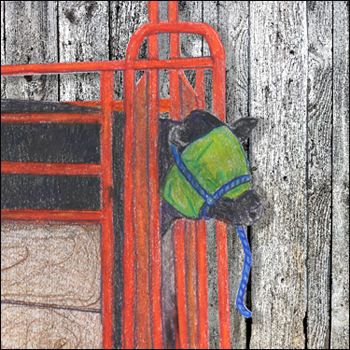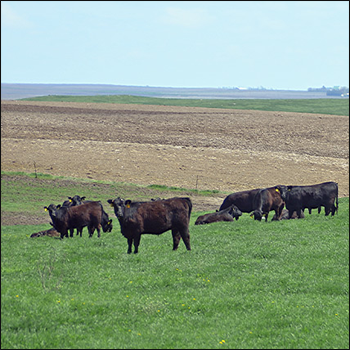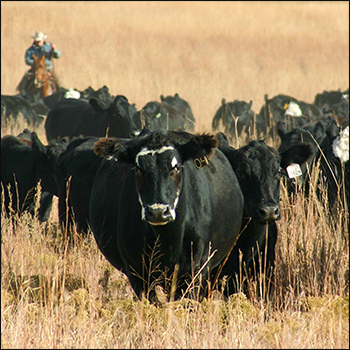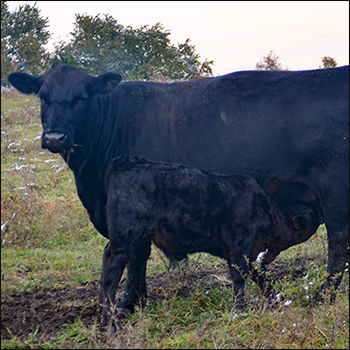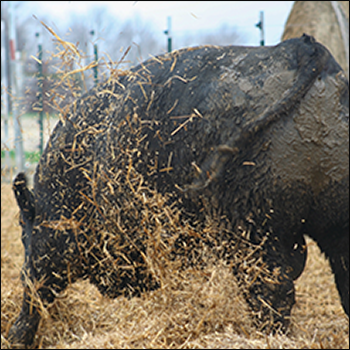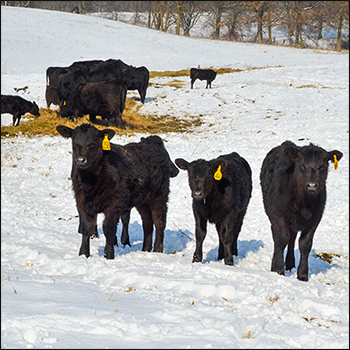Better Cotton Yield Offers Affordable Ration Supplement
2021 cotton crop up 1 million tons, increasing availability of cottonseed.
Cattle producers can expect to see an increase in whole cottonseed supply this year. According to the USDA December Cotton and Wool Outlook report, cotton production is estimated at 18.3 million bales, a 25% increase from the 2020 crop year. Whole cottonseed supply is estimated to be about 1 million tons more than last year. With the increase in the 2021 U.S. upland cotton crop, producers will see increased availability of whole cottonseed to incorporate into cattle rations.
Assessing Dehydration in Calves
K-State beef cattle experts share five ways to check the hydration level of calves.
When you don’t feel well, sometimes it is hard to stay properly hydrated, and that can lead to serious health challenges. The same is true for young calves, said the experts at the Kansas State University Beef Cattle Institute during a recent Cattle Chat podcast discussion.
Angus at Work Launches March 2
New podcast available soon from the Angus Beef Bulletin team.
Why should you listen to Angus at Work? For practical information on management, health and nutrition, marketing, genetics and industry news from the Angus Beef Bulletin team.
February 8, 2022 | Vol. 15 : No. 2
Feeding Cows During Feed Shortages
Manage drought from many angles to create the optimum plan.
Persistent drought during 2021 prompted forage shortages across much of cow country. Couple that with high feed-crop prices and many cattle producers find themselves in a precarious position. They must make decisions that will affect both short- and long-term production and profitability. The trick is to avoid decisions that inflict unintended consequences for both.
Calve Heifers Early
Experts share the advantages of calving heifers before the mature cows.
Most would agree that watching a new life enter the world is a pretty amazing experience — whether that is a human or an animal.
For a cow-calf producer, many calves can be born over the season, and oftentimes that means night checks on the females and being able to intervene quickly if the laboring animal has trouble.
Congestive Heart Failure in Fed Cattle: It’s Something Different
Brisket disease affects the heart’s right ventricle; congestive heart failure, the left.
During the past several years, there has been an increased incidence of bovine congestive heart failure among feedlot cattle. The disease is pretty much untreatable, and the outcome is fatal. That’s bad enough, but what really frustrates cattle feeders and their veterinarians is that no direct cause has been identified.
